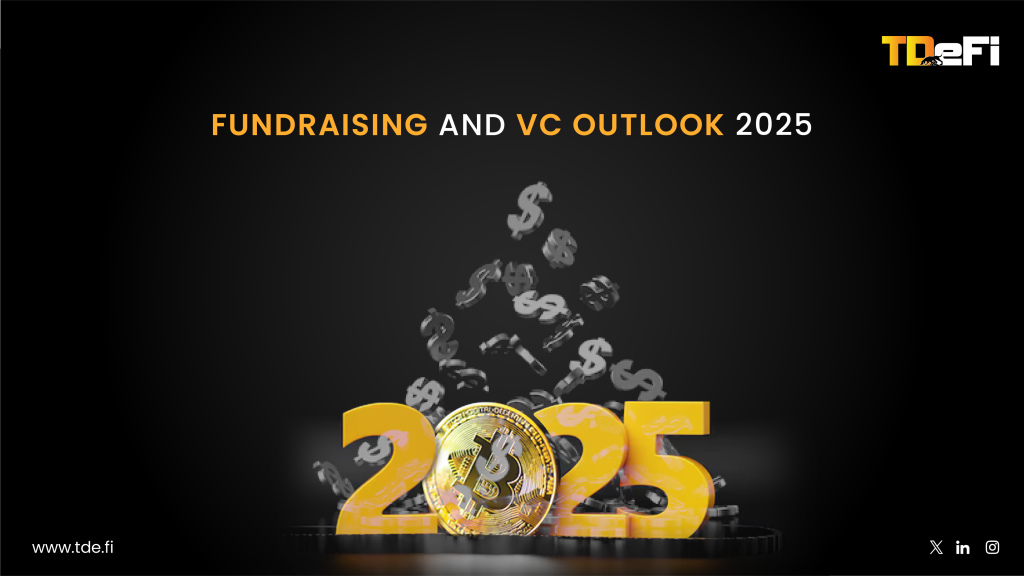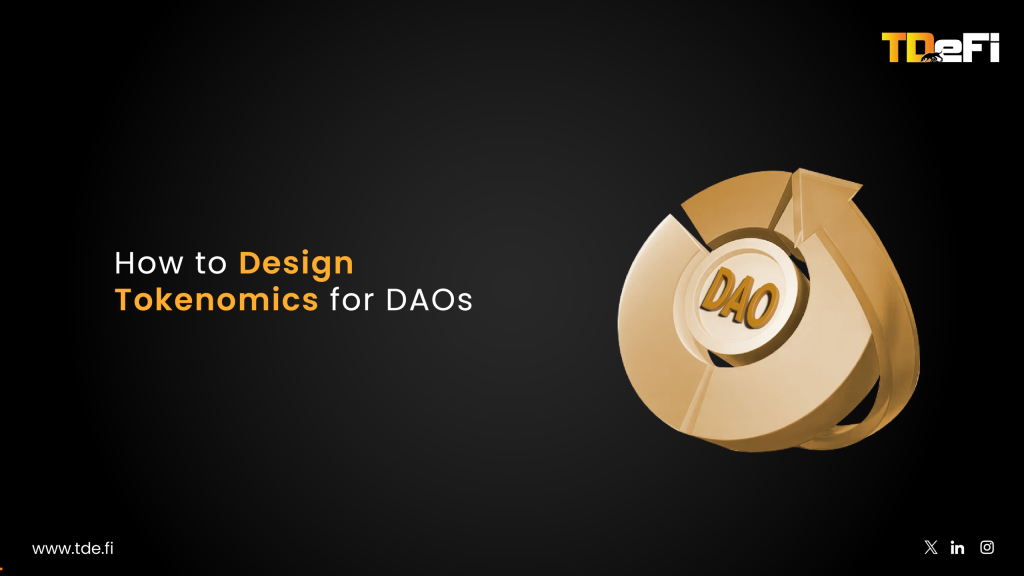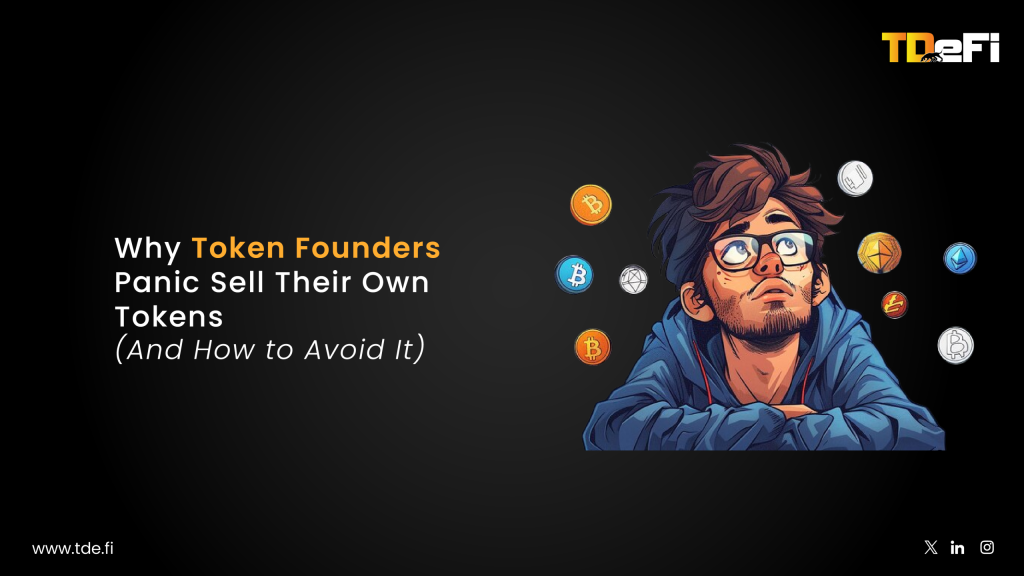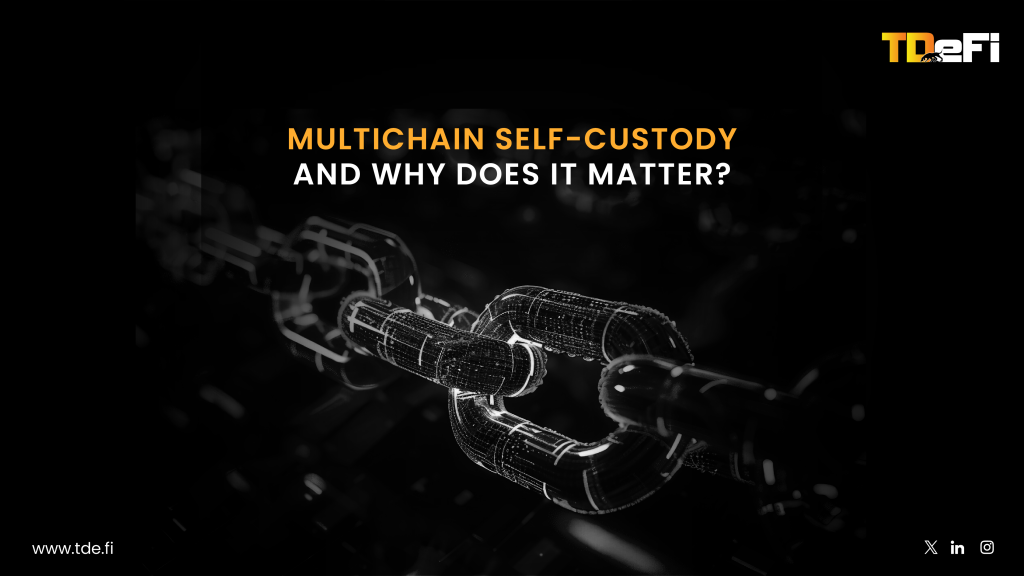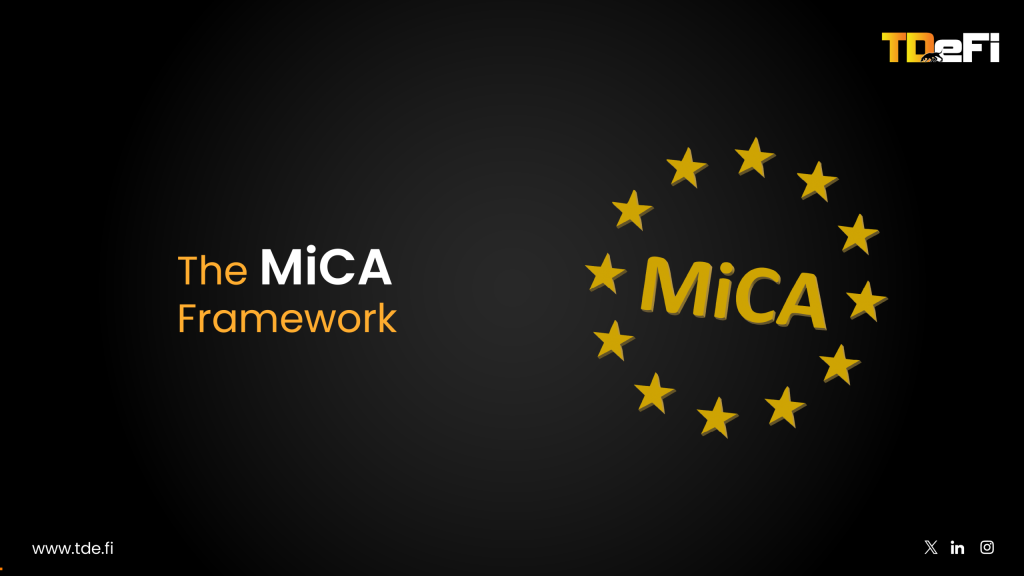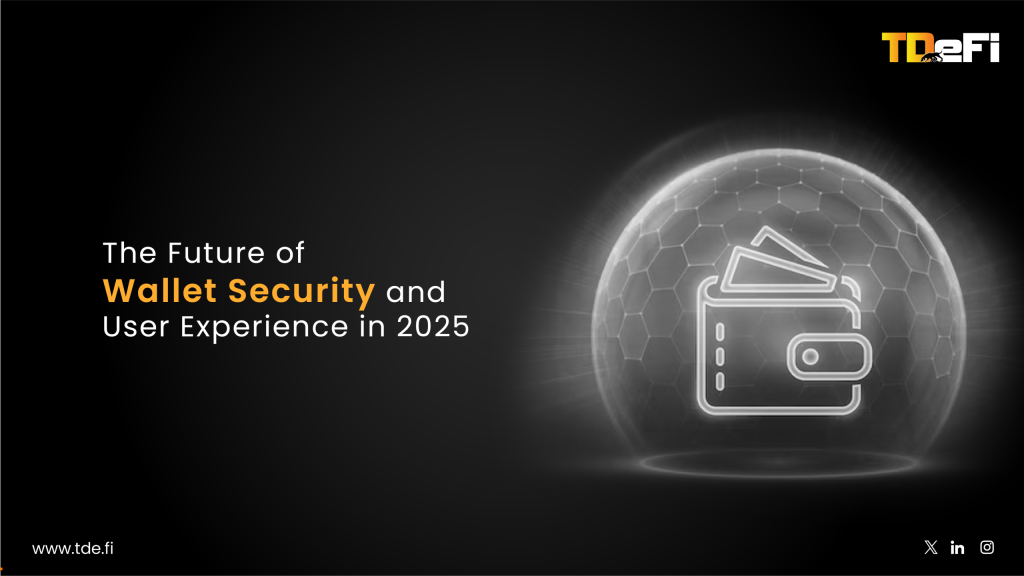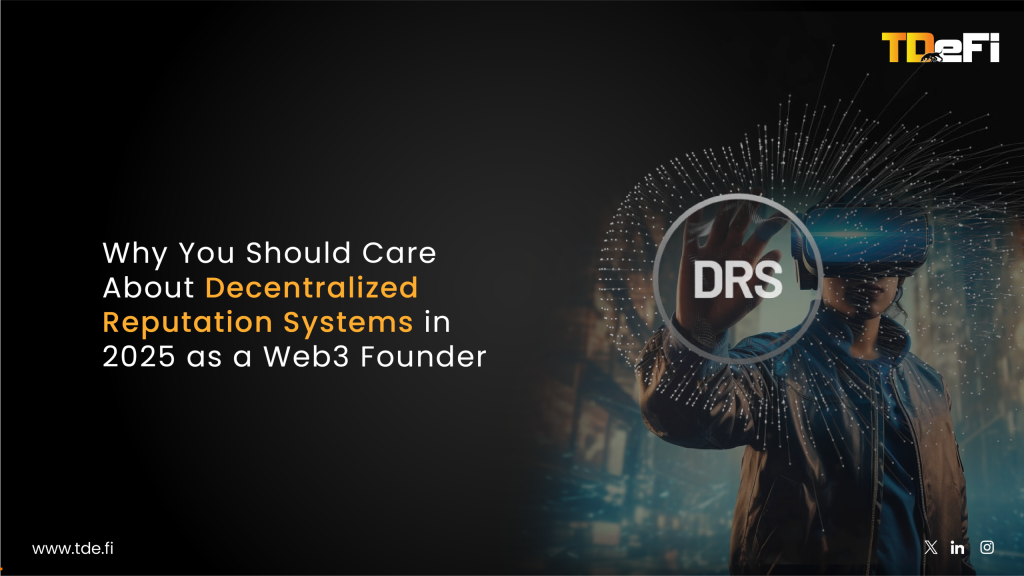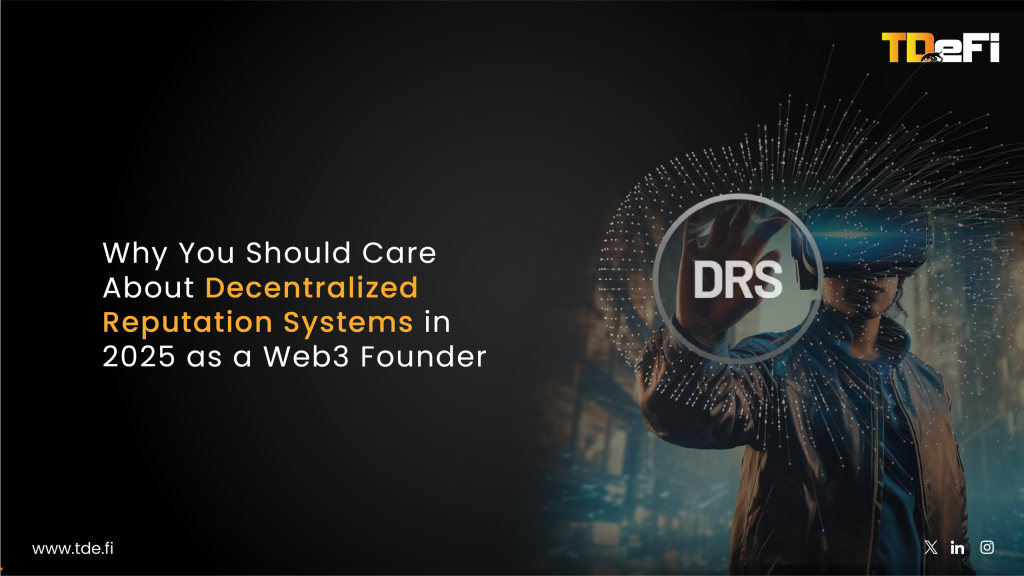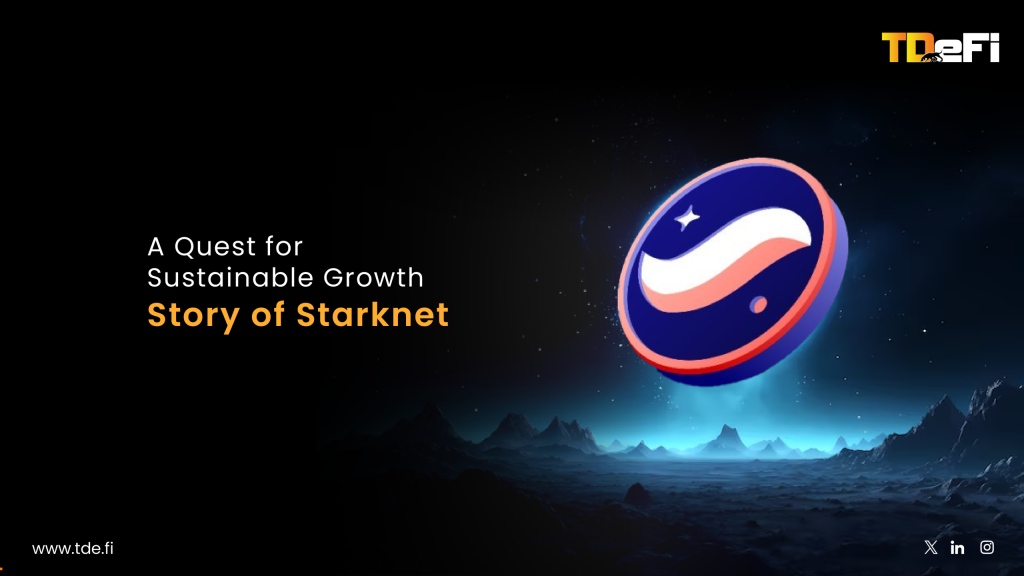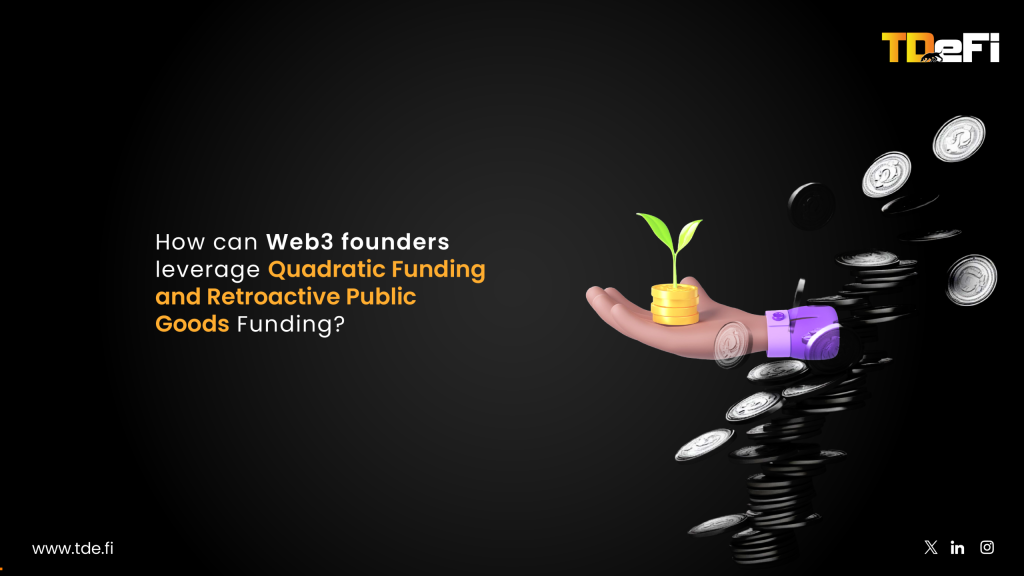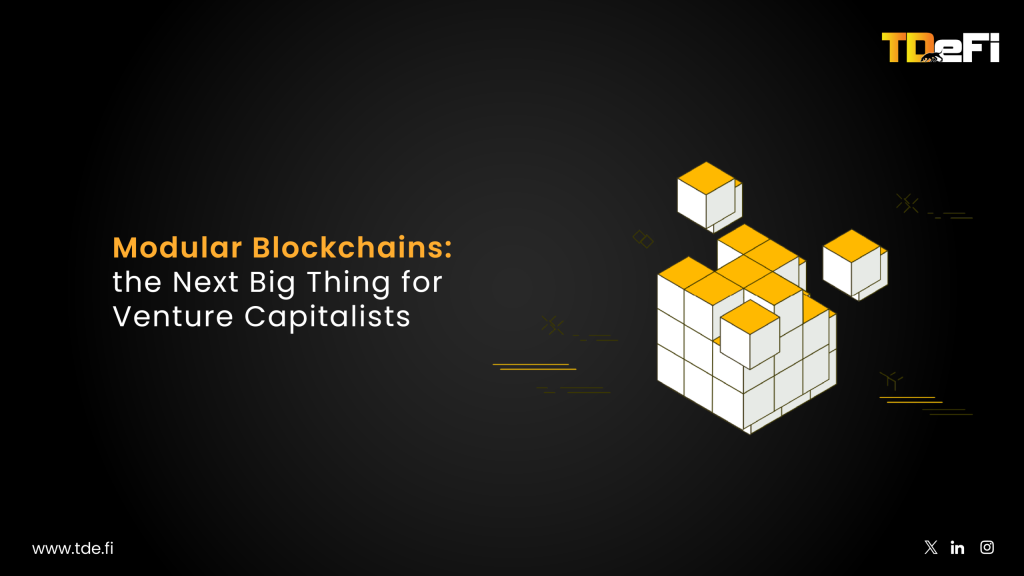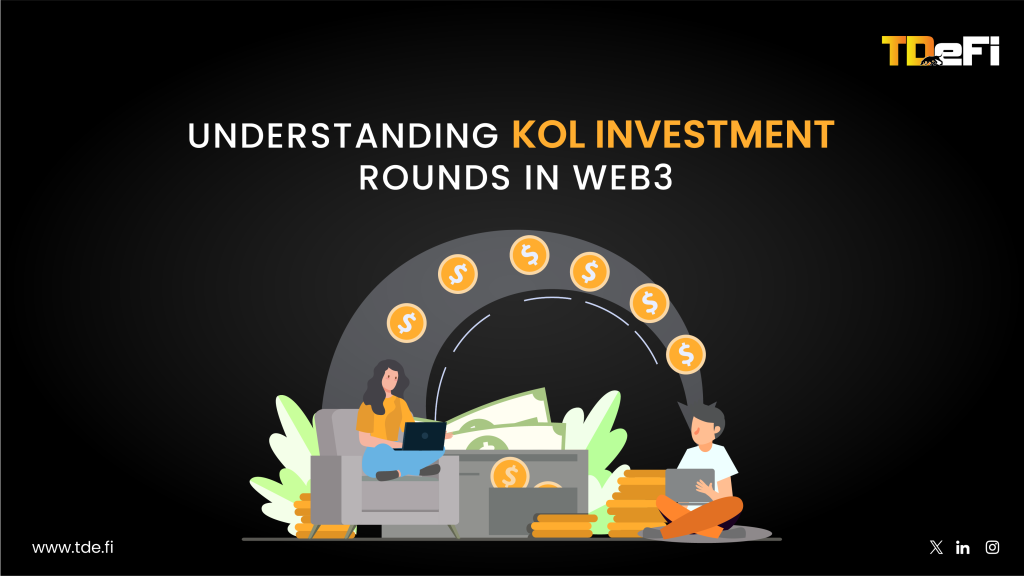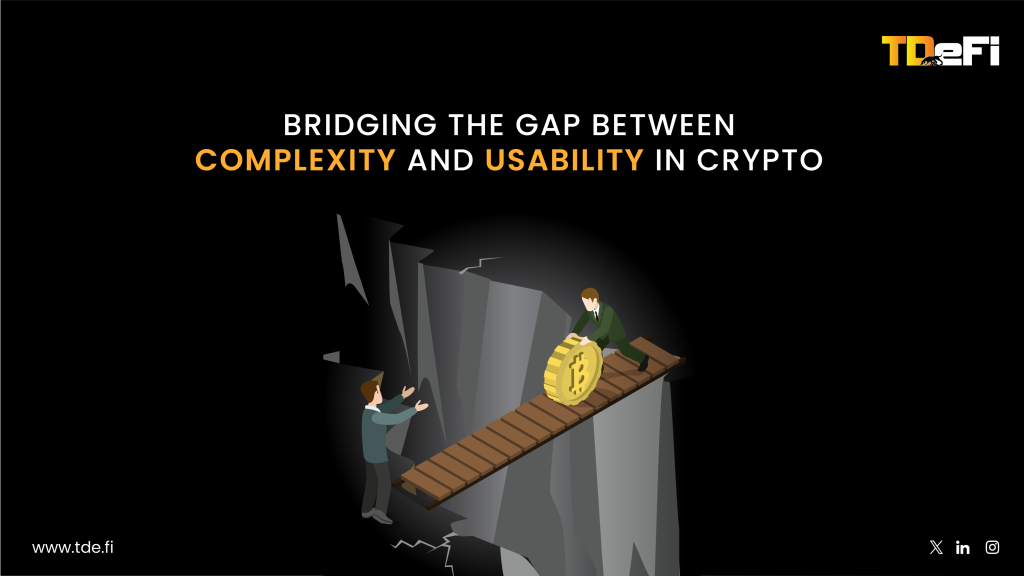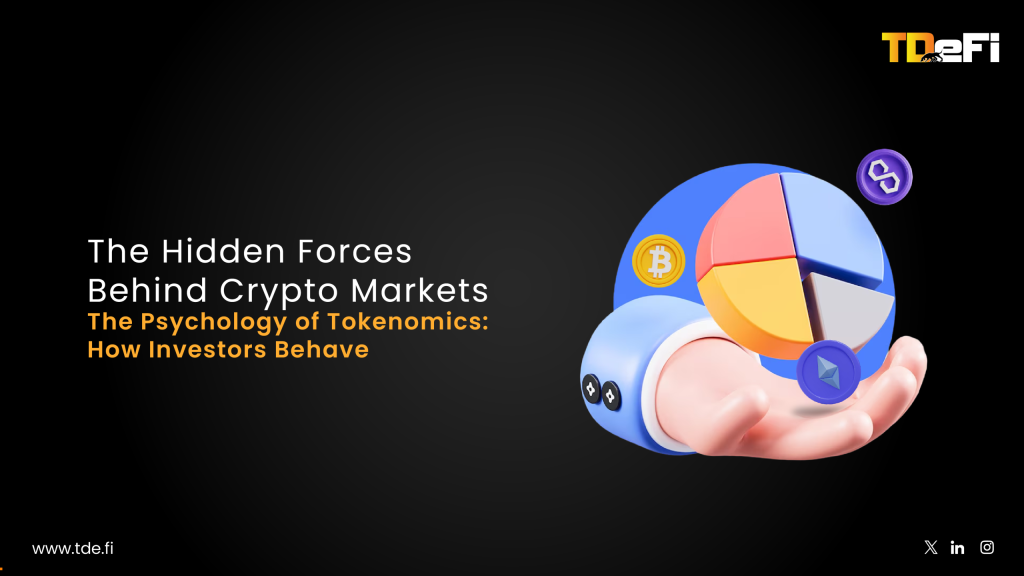TL;DR: The Great Price Control Paradox
In the $3.58 trillion cryptocurrency ecosystem, one fundamental question keeps founders, investors, and protocol developers awake at night: Who truly controls price stability—carefully crafted tokenomics or professional market makers? This isn’t just an academic debate; it’s the difference between sustainable growth and catastrophic volatility, between building lasting value and watching your token become another cautionary tale.
The answer isn’t what most expect. After analyzing hundreds of projects, market manipulation schemes worth billions, and the evolution from algorithmic stablecoins to protocol-owned liquidity, we’ve discovered that the most successful Web3 projects don’t choose between tokenomics and market making—they master the art of making them work together. This blog reveals how the industry’s most sophisticated players are solving the price stability puzzle and why the future belongs to projects that understand this critical synergy.
The False Dichotomy: Why “Versus” Is the Wrong Question
The cryptocurrency industry has been framing price stability as a battle between two opposing forces: the algorithmic elegance of tokenomics versus the human-driven precision of market making. This framing is fundamentally flawed and has led countless projects astray.
Tokenomics represents the foundational DNA of any token—its supply mechanisms, distribution strategy, utility functions, and built-in economic incentives. Think of it as the constitutional framework that governs how value should theoretically flow through an ecosystem. Projects like Ethereum demonstrate this power through their transition to proof-of-stake and fee-burning mechanisms, creating deflationary pressure that directly impacts price dynamics.
Market making, conversely, operates as the nervous system of price discovery. Professional firms like GSR, Wintermute, and DWF Labs deploy sophisticated algorithms that provide liquidity, maintain tight spreads, and absorb large transactions without triggering excessive volatility. These firms charge $25,000-$100,000 monthly retainers precisely because they deliver immediate, measurable price stability that pure tokenomics cannot match.
The reality is more nuanced: tokenomics creates the rules of the game, while market makers execute the plays. Neither can function optimally without the other.
The Power of Tokenomics: Architecture That Endures
Well-designed tokenomics serves as the gravitational force that pulls price toward sustainable levels over time. The most effective projects combine multiple mechanisms to create robust price support:
Supply Control Mechanisms remain the most direct tool for price influence. Bitcoin’s 21 million coin cap created the scarcity narrative that drove its trillion-dollar valuation, while Ethereum’s EIP-1559 introduced deflationary mechanisms that have permanently removed millions of ETH from circulation. These aren’t just technical features—they’re psychological anchors that influence investor behavior and market sentiment.
Distribution Strategies determine how tokens flow into markets over time. Projects with concentrated allocations face higher volatility when whale holders sell, while well-distributed tokens exhibit more stable trading patterns. The key insight: vesting schedules and lockup periods only work if they’re paired with growing demand and utility.
Utility-Driven Demand creates the most sustainable form of price support. Tokens with clear use cases—governance rights, fee discounts, staking rewards—maintain more stable valuations because they have intrinsic value beyond speculation. The challenge lies in creating utility that generates consistent, measurable demand.
However, tokenomics alone faces critical limitations. Even the most sophisticated economic design can be overwhelmed by market manipulation, regulatory uncertainty, or simple lack of adoption. The spectacular collapse of algorithmic stablecoins like TerraUSD proved that pure tokenomics mechanisms can amplify volatility rather than contain it when market confidence erodes.
Market Making: The Art of Immediate Control
Professional market makers operate with speed and precision that tokenomics mechanisms cannot match. They analyze order book depth, monitor cross-exchange arbitrage opportunities, and execute thousands of trades daily to maintain price stability.
The impact is measurable and immediate. When iMe Smart Platform partnered with DWF Labs, the LIME token experienced a 30% price increase within days—demonstrating how professional market making can create price movements that overwhelm underlying tokenomics. This raises important questions about manipulation versus legitimate price discovery.
Strategic Market Making goes beyond simple liquidity provision. Professional firms employ sophisticated strategies that vary with market conditions: triggering FOMO during bull markets, accumulating positions during bear markets, and maintaining tight spreads during consolidation periods. These activities can either complement or contradict tokenomics intentions.
The Centralization Challenge creates a fundamental tension in decentralized systems. Most professional market makers operate through centralized exchanges and employ traditional intermediary models that concentrate control over price discovery. This dependency means that market makers can significantly influence token prices through their participation or withdrawal from specific markets.
The rise of Protocol-Owned Liquidity (POL) represents an innovative attempt to bridge this gap. By having protocols directly own and manage their liquidity reserves, projects can reduce dependency on external market makers while maintaining consistent trading functionality. However, POL requires significant capital allocation and may limit the flexibility that professional market makers provide.
The Manipulation Reality: When Neither Side Controls Price
The harsh reality of cryptocurrency markets is that both tokenomics and legitimate market making can be overwhelmed by manipulation. Chainalysis research reveals that wash trading alone generated $26.88 billion in fake volume compared to $10.46 billion in legitimate trades—a staggering indication of market distortion.
Sophisticated manipulation networks coordinate activities across centralized exchanges, derivatives platforms, and on-chain ecosystems. The FBI’s “Operation Token Mirrors” exposed a $25 million pump-and-dump scheme involving market makers who used their privileged positions to conduct wash trading and spoofing operations.
This manipulation reality suggests that the question of price control may be less about tokenomics versus market making and more about legitimate mechanisms versus fraudulent practices. Projects must design manipulation-resistant tokenomics while carefully vetting market making partners to avoid association with schemes that could undermine long-term credibility.
Stablecoins: The Ultimate Price Control Laboratory
The $216 billion stablecoin market provides the clearest evidence of different approaches to price stability. USDT and USDC achieve the highest stability through a combination of strong market presence, deep liquidity, and efficient arbitrage mechanisms—demonstrating successful integration of tokenomics and market making.
The failure of algorithmic stablecoins like TerraUSD highlighted the limitations of pure tokenomics approaches. When market confidence eroded, UST’s algorithmic stability mechanism spiraled out of control, exacerbating volatility rather than containing it. This failure emphasized the critical importance of complementary market making and arbitrage activities.
The emergence of real-world asset (RWA) backed stablecoins in 2025 represents a hybrid approach that combines tokenomics design with traditional asset backing and professional market making. Projects like Ondo’s USDY demonstrate how effective price stability requires coordination between multiple mechanisms rather than reliance on any single approach.
The Integration Imperative: Future-Proofing Price Stability
The most successful tokens in 2025 employ sophisticated coordination strategies that align tokenomics incentives with market making activities. This integration requires careful consideration of how supply mechanisms, distribution schedules, and utility functions interact with market making strategies and trading patterns.
AI and Machine Learning are increasingly being deployed in both tokenomics optimization and market making strategies. AI-powered trading algorithms can analyze market conditions and adjust strategies in real-time, while tokenomics mechanisms may incorporate dynamic parameters that respond to changing market conditions.
Cross-Chain Complexity adds new dimensions to price stability challenges. Managing token economics across multiple blockchains while maintaining consistent pricing and liquidity requires sophisticated coordination between protocol developers and market making partners.
Regulatory Evolution in 2025 is reshaping the relationship between tokenomics and market making. Clearer guidance from authorities creates a more favorable environment for legitimate market making while potentially increasing scrutiny of manipulative practices.
Final Thoughts from TDeFi
At TDeFi, we’ve witnessed firsthand how the most successful Web3 projects master the integration of tokenomics and market making rather than treating them as competing forces. Our portfolio companies consistently demonstrate that sustainable price stability emerges from thoughtful coordination between algorithmic economic design and professional liquidity management.
The evidence is clear: neither tokenomics nor market making alone can provide comprehensive price control in today’s sophisticated cryptocurrency markets. The future belongs to projects that understand this fundamental truth and design integrated systems that seamlessly combine both approaches.
We’ve supported several projects in developing these integrated approaches, helping them navigate the complex relationship between economic design and market dynamics. The results speak for themselves—our portfolio companies achieve better price stability, reduced volatility, and more sustainable growth trajectories than those relying on either mechanism alone.
The cryptocurrency industry is evolving toward more sophisticated hybrid systems that automatically coordinate between algorithmic economic rules and active market making. Protocol-owned liquidity, dynamic tokenomics parameters, and AI-powered market making represent early examples of this integration.
Looking ahead, we believe the most successful projects will be those that master collaborative control rather than competing control. The question isn’t who controls price stability—it’s how to make tokenomics and market making work together effectively in pursuit of sustainable, manipulation-resistant price discovery that serves the long-term interests of projects, investors, and the broader Web3 ecosystem.
For founders building the next generation of Web3 projects, the message is clear: design your tokenomics with market making in mind, and choose market making partners who understand and align with your economic design. The future of price stability lies not in choosing sides, but in building bridges between the algorithmic and the human elements of cryptocurrency markets.
TDeFi continues to support innovative projects that are pioneering these integrated approaches to price stability. Connect with us to explore how we can help your project master the art of collaborative price control in the evolving Web3 landscape.



